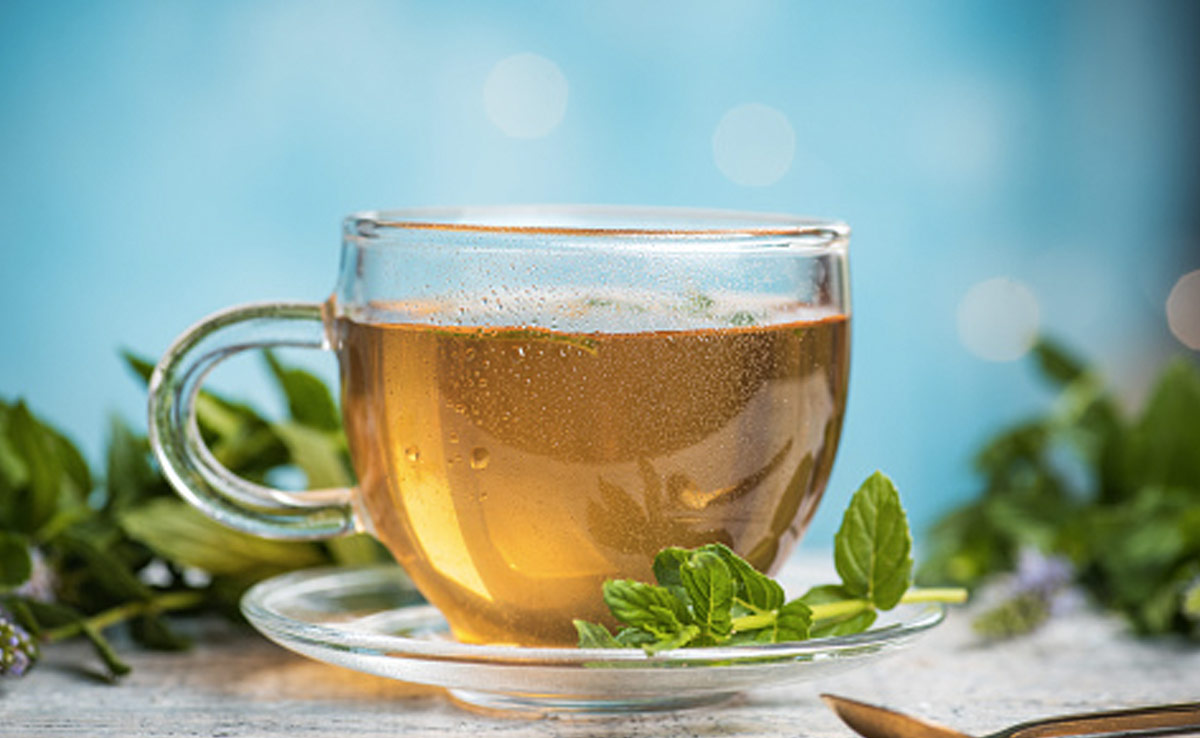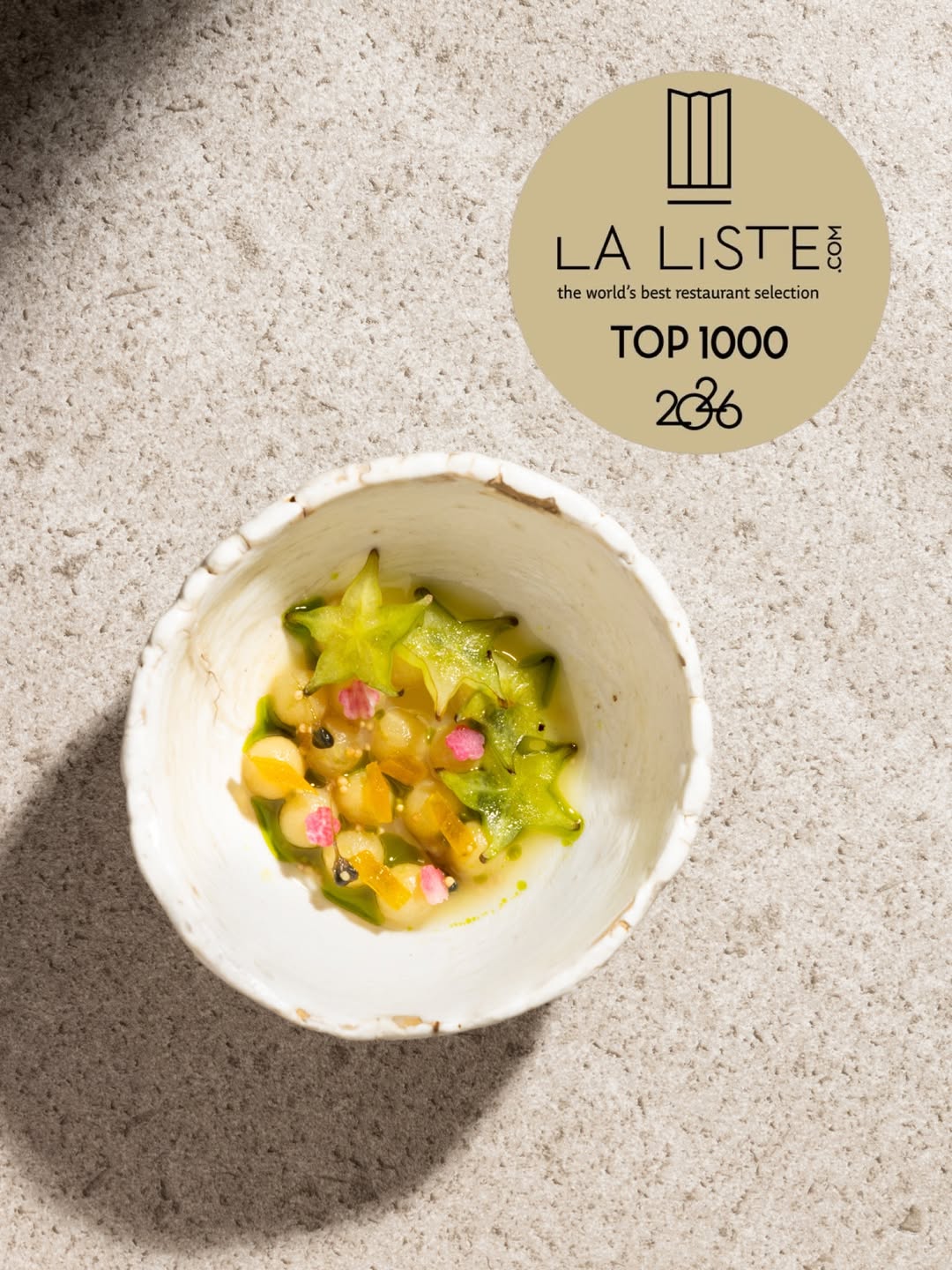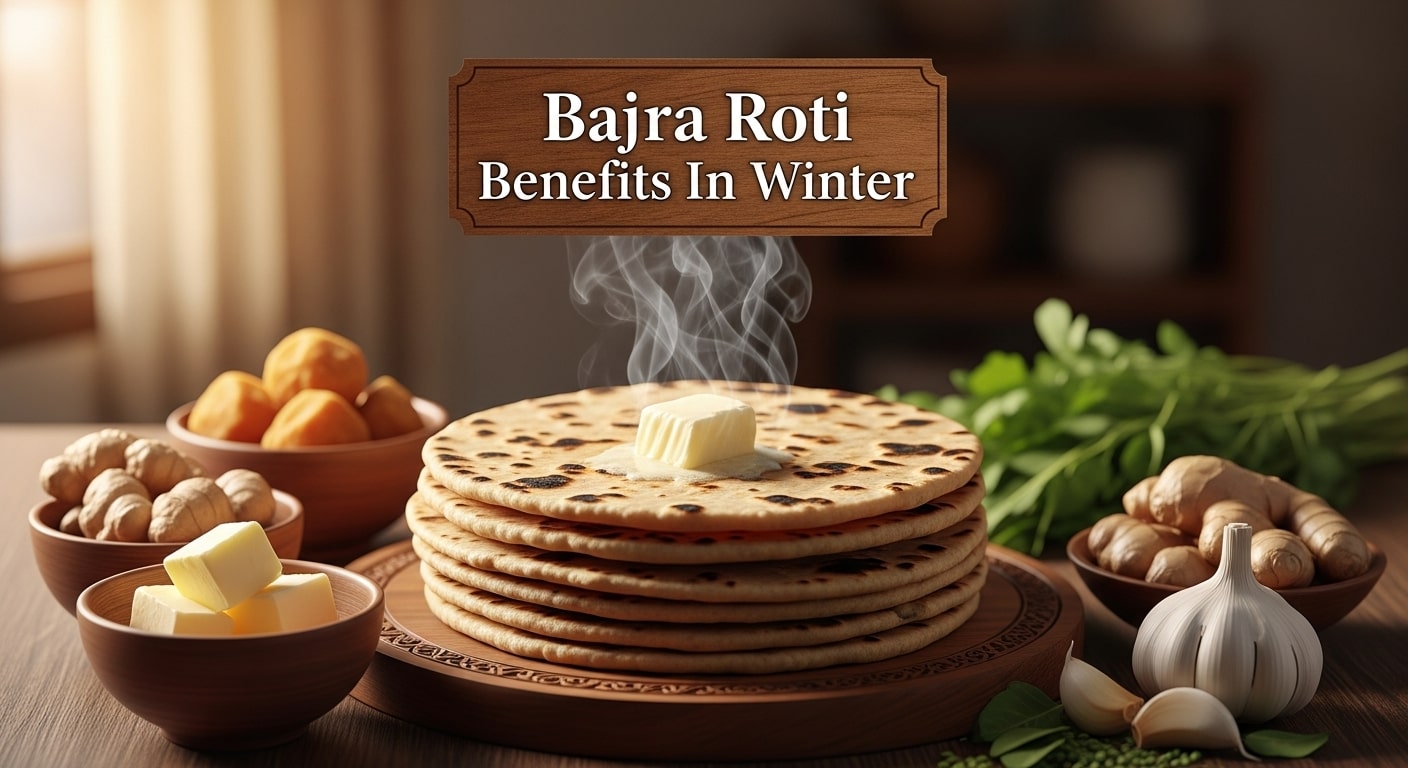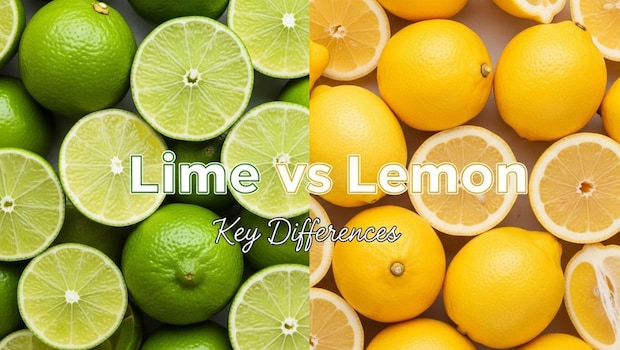Think lime and lemon are just two shades of the same sour citrus? Think again! These vibrant fruits, though close cousins, possess distinct flavour profiles, nutritional perks, and culinary uses that can make or break your favourite recipe. If you mix them up, your food might taste dull or your drink might lose its kick. From their subtle differences in peel texture and shape to the way they interact with heat, the distinctions are far more critical than simply colour. If you want to elevate your cooking, knowing the difference is essential. Here are five easy ways to instantly tell a lime from a lemon and master the citrus world.
Also Read: What Happens When You Add Lemon To Salads Every Day

Photo Credit: iStock
Here Are 5 Key Differences Between Lime And Lemon You Need To Know:
1. The Obvious Clue: Colour And Size
While it's not foolproof (some limes turn yellow when fully ripe), colour is the most immediate way to spot the difference. Limes are typically a vibrant green when sold, and they are generally smaller and round or slightly oval. Lemons, on the other hand, are almost always a sunny yellow, and they are usually larger and distinctly oblong with a small knob at one end.
2. The Flavour Factor: Acidity And Sweetness
This is the most crucial difference for chefs and bartenders. Limes contain a higher concentration of citric acid, making them acidic, and often slightly more bitter or floral. This makes them the traditional choice for Latin American and Southeast Asian cuisine. Lemons have a more balanced mix of citric and ascorbic acid, resulting in a sweeter and intensely tart flavour. This softer taste makes them ideal for desserts and subtle sauces.
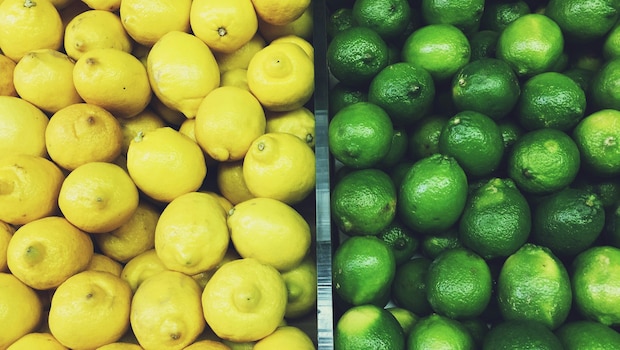
Photo Credit: Unsplash
3. The Peel Difference: Texture And Thickness
Pick up both fruits and feel their rinds. Lemons typically have a thicker, bumpier skin that is easy to zest and grate. This thicker peel means they hold up better in transport and on the shelf. Limes generally have a thinner, smoother rind that can sometimes be harder to zest without hitting the bitter white pith underneath. The oil glands on a lime's surface tend to be finer and closer together.
4. Culinary Use: Cook Time And Heat
The two citruses react very differently to cooking. Lime is famously used for cooking raw fish in dishes like ceviche because its high acidity cures the protein. However, when heated for too long in cooked dishes, lime juice can quickly turn bitter. Lemon juice is more forgiving. It holds its bright, acidic flavour better when used in marinades, grilling and baking, and its juice is the standard for vinaigrettes and lemonade.
Also Read: How To Make Perfect Fresh Lime Soda, Plus Benefits Of This Refreshing Drink

Photo Credit: iStock
5. Shelf Life And Storage
If you buy both and leave them on your counter, you'll notice a difference in longevity. Due to their thicker rind and higher sugar content, lemons tend to have a longer shelf life and stay firmer for a longer time at room temperature. Limes, with their thinner skin, dry out faster and can lose their juice much quicker. For best preservation, both should be stored in the refrigerator.
Learning these five things will help you cook better and make sure you get the best flavour from your lemons and limes.


